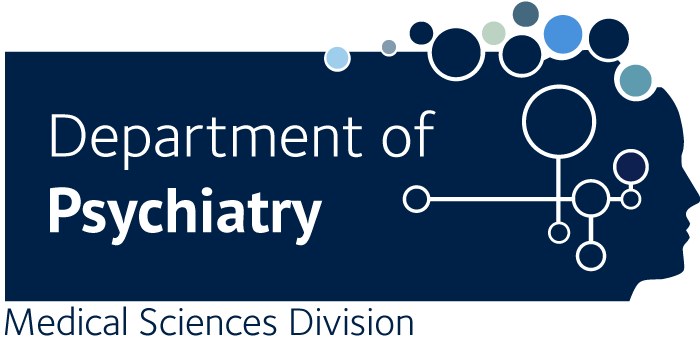The developmental trajectory of bipolar disorder
Duffy A., Horrocks J., Doucette S., Keown-Stoneman C., McCloskey S., Grof P.
<jats:sec><jats:title>Background</jats:title><jats:p>Bipolar disorder is highly heritable and therefore longitudinal observation of children of affected parents is important to mapping the early natural history.</jats:p></jats:sec><jats:sec><jats:title>Aims</jats:title><jats:p>To model the developmental trajectory of bipolar disorder based on the latest findings from an ongoing prospective study of the offspring of parents with well-characterised bipolar disorder.</jats:p></jats:sec><jats:sec><jats:title>Method</jats:title><jats:p>A total of 229 offspring from families in which 1 parent had confirmed bipolar disorder and 86 control offspring were prospectively studied for up to 16 years. High-risk offspring were divided into subgroups based on the parental long-term response to lithium. Offspring were clinically assessed and DSM-IV diagnoses determined on masked consensus review using best estimate procedure. Adjusted survival analysis and generalised estimating equations were used to calculate differences in lifetime psychopathology. Multistate models were used to examine the progression through proposed clinical stages.</jats:p></jats:sec><jats:sec><jats:title>Results</jats:title><jats:p>High-risk offspring had an increased lifetime risk of a broad spectrum of disorders including bipolar disorder (hazard ratio (HR) = 20.89; <jats:italic>P</jats:italic> = 0.04), major depressive disorder (HR = 17.16; <jats:italic>P</jats:italic> = 0.004), anxiety (HR = 2.20; <jats:italic>P</jats:italic> = 0.03), sleep (HR = 28.21; <jats:italic>P</jats:italic> = 0.02) and substance use disorders (HR = 2.60; <jats:italic>P</jats:italic> = 0.05) compared with controls. However, only offspring from lithium non-responsive parents developed psychotic disorders. Childhood anxiety disorder predicted an increased risk of major mood disorder and evidence supported a progressive transition through clinical stages, from non-specific psychopathology to depressive and then manic or psychotic episodes.</jats:p></jats:sec><jats:sec><jats:title>Conclusions</jats:title><jats:p>Findings underscore the importance of a developmental approach in conjunction with an appreciation of familial risk to facilitate earlier accurate diagnosis in symptomatic youth.</jats:p></jats:sec>

